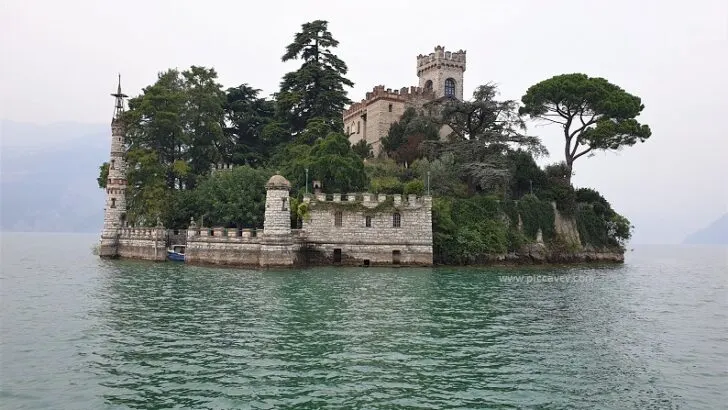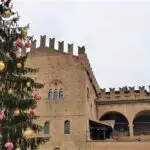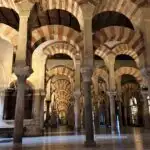Nestled within rolling hills, overlooking serene lakes, and guarding the bustling cities of Italy. These monuments to the past, each has stories of intrigue, power, and chivalry. Italy’s historic castles are not merely stone and mortar; they are the keepers of centuries of history, art, and culture. Italy’s Historic Castles: A Timeless Journey into Chivalry invites readers on Italy tours to traverse the Italian landscape. From the northern reaches of Lombardy to the sun-drenched shores of Sicily. Exploring the majestic fortresses that have witnessed the unfolding of Italy’s rich history. These tours offer an unparalleled opportunity to delve deep into the heart of Italy’s architectural marvels. Providing a vivid window into the past that has shaped the very fabric of this vibrant country.
Castel dell’Ovo, Naples: A Gateway to the Past
Venturing further into the heart of Italy, a journey from FCO (Rome’s Fiumicino Airport) to Naples via the FCO to Naples train offers travelers a seamless transition from the bustling capital to the soulful streets of Naples. Upon arrival, the Castel dell’Ovo (Castle of the Egg) stands as a sentinel at the entrance to the Bay of Naples. This ancient fortress, perched on the islet of Megaride, is a testament to the layered history of Naples, from its Greek origins to its role as a Norman stronghold.
Legend has it that the poet Virgil placed a magical egg within the castle’s foundations to support its strength. Beyond its mythical origins, the Castel dell’Ovo strategic position has witnessed the ebb and flow of Naples’ fortunes. Serving variously as a royal residence, a prison, and now a cultural venue. The castle offers panoramic views of the Vesuvius and the expansive blue of the Tyrrhenian Sea. Connecting visitors not just to Naples’ turbulent history but also to the breathtaking natural beauty that has shaped the city’s identity. This journey from Rome to Naples, culminating in the exploration of the Castel dell’Ovo, encapsulates the rich tapestry of Italian history, culture, and scenic landscapes.
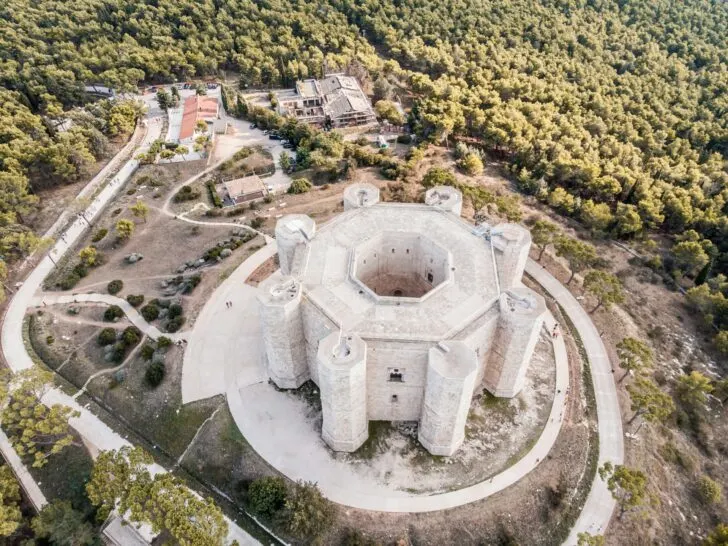
Photo via Giulia Gasperini on Unsplash
Castel del Monte, Apulia: The Crown of Frederick II
Our journey begins in the southern region of Apulia with Castel del Monte. A 13th-century fortress commissioned by the Holy Roman Emperor Frederick II. Standing atop a hill, its unique octagonal design and mathematical precision make it a marvel of medieval architecture. The castle’s harmonious blend of cultural influences, from Islamic to Norman, reflects Frederick II’s reputation as “stupor mundi” – the wonder of the world. Today, Castel del Monte continues to fascinate historians and tourists alike, its enigmatic beauty and strategic location offering panoramic views of the Apulian countryside.
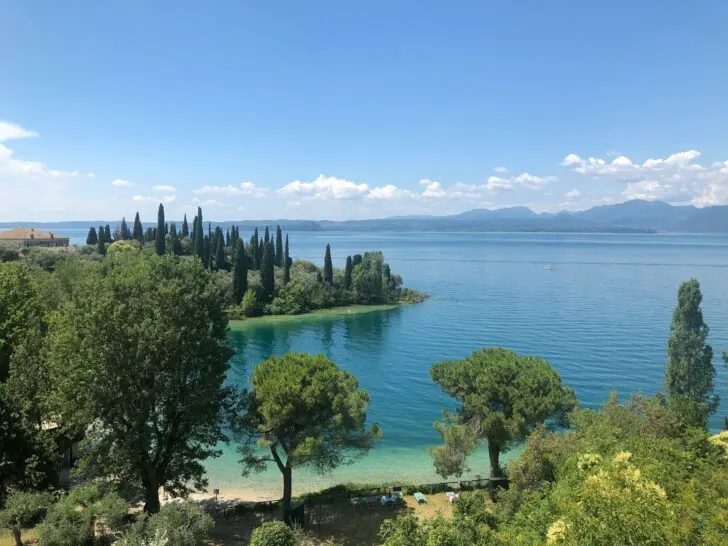
Photo de Marco Ghirello on Unsplash
Rocca Scaligera, Sirmione: Guarding Lake Garda
Venturing north to the shores of Lake Garda, the Rocca Scaligera in Sirmione commands attention. This fortress, with its crenelated walls and towers, was built by the Scaligeri family of Verona in the 13th century. It served as a vital military outpost and a luxurious residence overlooking one of Italy’s most picturesque lakes. The Rocca Scaligera is a testament to the strategic importance of waterways in medieval Italy and the lavish lifestyles of its noble inhabitants. Visitors today can explore its well-preserved structure, enjoying views that have captivated hearts for centuries.
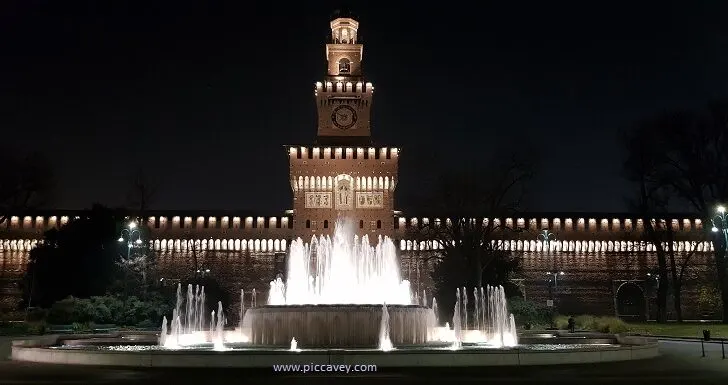
Castello Sforzesco, Milan: A Renaissance Powerhouse
In the heart of Milan lies the Castello Sforzesco, a symbol of the city’s Renaissance glory. Originally built in the 15th century by the Duke of Milan, Francesco Sforza, it was later expanded and beautified by some of the greatest artists of the time, including Leonardo da Vinci and Bramante. The castle houses several museums and art collections, showcasing Milan’s rich artistic and cultural heritage. The Castello Sforzesco stands as a reminder of the Sforza dynasty’s power and the Renaissance’s artistic fervor that swept through Italy.
Sicilian Castles: Norman Conquest and Byzantine Beauty
Sicily, a crossroads of civilizations, is dotted with castles that tell the story of its diverse conquerors. The Norman castles, such as the Zisa in Palermo and the Castello Ursino in Catania, combine Arab, Byzantine, and Norman architectural styles. Illustrating the island’s multicultural history. These fortresses, built during the Norman domination of the 11th and 12th centuries. Combine different artistic and architectural influences that characterize Sicilian culture.

The Fortress of San Leo: A Sentinel in the Sky
Perched atop a massive rock in the region of Emilia-Romagna, the Fortress of San Leo has breathtaking views. Known for its impregnable position and formidable defenses, San Leo has served various roles throughout its history. From a medieval stronghold to a Renaissance palace and even a prison. Its walls tell tales of sieges, courtly life, and the imprisonment of the mysterious alchemist Count Cagliostro. Adding layers of legend to its stone facades.
Through these historic castles, Italy narrates a saga of conquests, creativity, and chivalry. These architectural wonders are not just remnants of the past. They are vibrant cultural sites that continue to inspire and enchant visitors from around the world. From the mathematical intrigue of Castel del Monte to the strategic beauty of the Rocca Scaligera, and the artistic splendor of the Castello Sforzesco, Italy’s castles stand as monuments to a time when chivalry was not just an ideal but a way of life.
